
4 minute read
CULTURAL TOPICS AT A LEVEL
Cultural Topics At A Level
The cultural topics of the AQA A Level specification cover both literature and film and are worth 20% of the final qualification. One book and one film, or two books, are chosen from a list provided by the Examination Board. Below are synopses of the various works we have recently taught.
Advertisement
SPANISH
EL LABERINTO DEL FAUNO by Guillermo del Toro
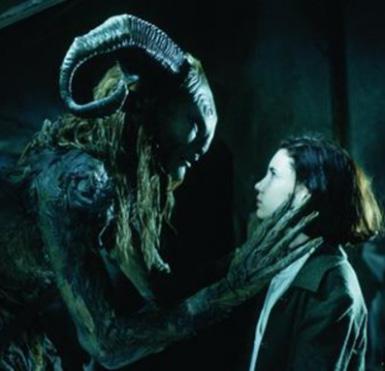
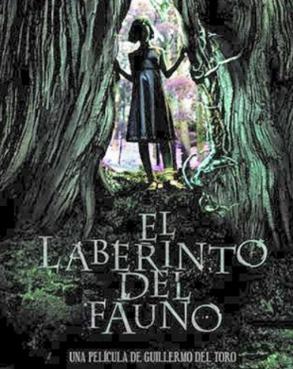
The film is set in 1944, five years after the end of the Spanish Civil War. The narrative intertwines the real world of Franco’s Nationalist troops relentlessly hunting down the last remnants of the Republic (or Maquis) who are offering resistance in the region and the mythical world centred on an overgrown labyrinth and mysterious faun creature. The main character, Ofelia, interacts with the faun and a number of strange creatures which lead her through a series of tests as she attempts to shun her cruel father-in-law, Captain Vidal, and return to the underworld as Princess Moana. The film opened in 2006 and quickly received widespread acclaim, with much praise for its animatronics, make-up and CGI effects which contributed to it grossing $83 million at the box office and numerous international awards.

LAS BICICLETAS SON PARA EL VERANO by Fernando Fernán Gómez
A play which starts in 1936, just before the outbreak of the Spanish Civil War. The story is based around a family living in Madrid, and the relationship between themselves and their neighbours and friends during the war. The title refers to the bicycle which Luisito, the youngest member of the family, desperately wants his father to buy him. His father promises to do so, but the delay lasts as long as the war itself and by the time his father offers it to his son Luisito’s priorities and outlook have changed owing to the experience of three years of hardship during the siege of Madrid. In addition to the theme of family and lost youth, the plot explores the topics of human survival and adaptation against adversity.
EL CORONEL NO TIENE QUIEN LE ESCRIBA by Gabriel García Márquez
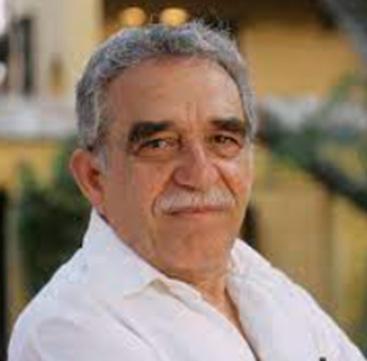
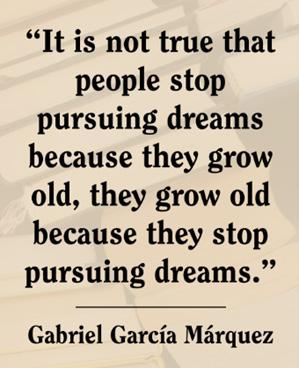
Written between 1956 and 1957 and first published in 1961, this is a short novel which the author considered to be his best work. The story, set during the years of ‘La Violencia’ in Colombia, is based on an unnamed retired Colonel, a veteran of the Thousand Day’s War, living in poverty but who still hopes to receive his pension which he was promised fifteen years earlier. The Colonel lives with his asthmatic wife in a dilapidated house on the edge of an isolated village under martial law. Topics such as corruption, despair and hope all feature in this wonderful novel.
GERMAN SOPHIE SCHOLL - DIE LETZTEN TAGE by Breinersdorfer
A film launched in 2005, this is a historical drama directed by Marc Rothemund and written by Breinersdorfer. It is a film covering the last days in the life of Sophie Scholl, a young student and member of the anti-Nazi resistance group the ‘White Rose’, caught distributing clandestine leaflets. She was found guilty of high treason and condemned to death on the same day, 22 February 1943. On the review website Rotten Tomatoes it states this "a film that begs the audience to reflect upon their own courage and strength of character in light of this young heroine's daring story"
DER BESUCH DER ALTEN DAME by Dürrenmatt
A 1956 tragicomic play set in three acts and written by Swiss dramatist Friedrich Dürrenmatt. The play is based on a wealthy older woman who returns to her impoverished hometown of Güllen to make a bargain with the local population. If they kill the man who made her pregnant and then jilted her she would provide enough money to revitalise the old town. The townspeople agree.
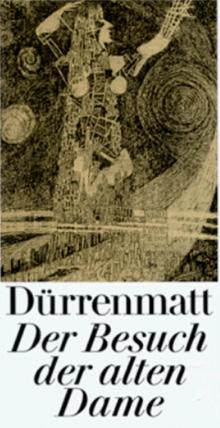
French
NO ET MOI by Delphine de Vigan
Thirteen-year-old Parisian Lou Bertignac has an IQ of 160 and is considered brilliant, but it comes at a cost. Being two years ahead of her age group she finds it difficult to relate to her peers, and her difficulties are compounded by problems at home, after the death of her baby sister four years earlier her father secretly grieves in the bathroom and her mother has become very withdrawn, rarely leaving the house. When her teacher asks pupils to do a presentation in class Lou decids to focus on homelessness, having met a homeless young woman at the Austerlitz train station where she goes to watch the emotions of people arriving and leaving the station. Gradually Lou and No become friends and Lou is drawn in by a strange sense of belonging. When the project ends, No disappears. Heartbroken, Lou asks her parents if No can live with them. They agree, but No betrays their trust. The novel draws to a close with Lou having to choose between No and her family …
LA HAINE by Mathieu Kasovitz
This is a 1995 French crime drama film chronicling a day and night in the lives of three friends from a poor neighbourhood of a French suburb. Vinz, a Jew, Said, an Arab, and Hubert, a black boxer have grown up in this district where there is a significant cultural diversity and a racist and oppressive police force, raising tensions to a high level. In the riots the previous night Vinz found a policeman’s handgun and promises to use it on a police officer if his friend Abdel, beaten whilst in police custody, dies in hospital. Only by doing this does he feel he will gain an element of respect in the community. The title comes from a line spoken by one of them, Hubert: "La haine attire la haine!", "hatred breeds hatred!".
UN LONG DIMANCHE DE FIANÇAILLES by Jean-Pierre Jeunet
A romantic war-drama produced in 2004. It is a fictional story about Mathilde, a young woman, who desperately searches for her fiancé who might have been killed during the First World War. She is all the while driven by the constant reminder of what her fiancé had carved into one of the bells of the church near their home, MMM for Manech Aime Mathilde (Manech Loves Mathilde) a pun on the French word aime. During her search she learns about the harsh system used by the French government to deal with soldiers who tried to escape military service at the front. The story is told from the point of view of Mathilde in Paris and the countryside around Brittany and through flashbacks to the battlefield.
Mr G Stephenson








